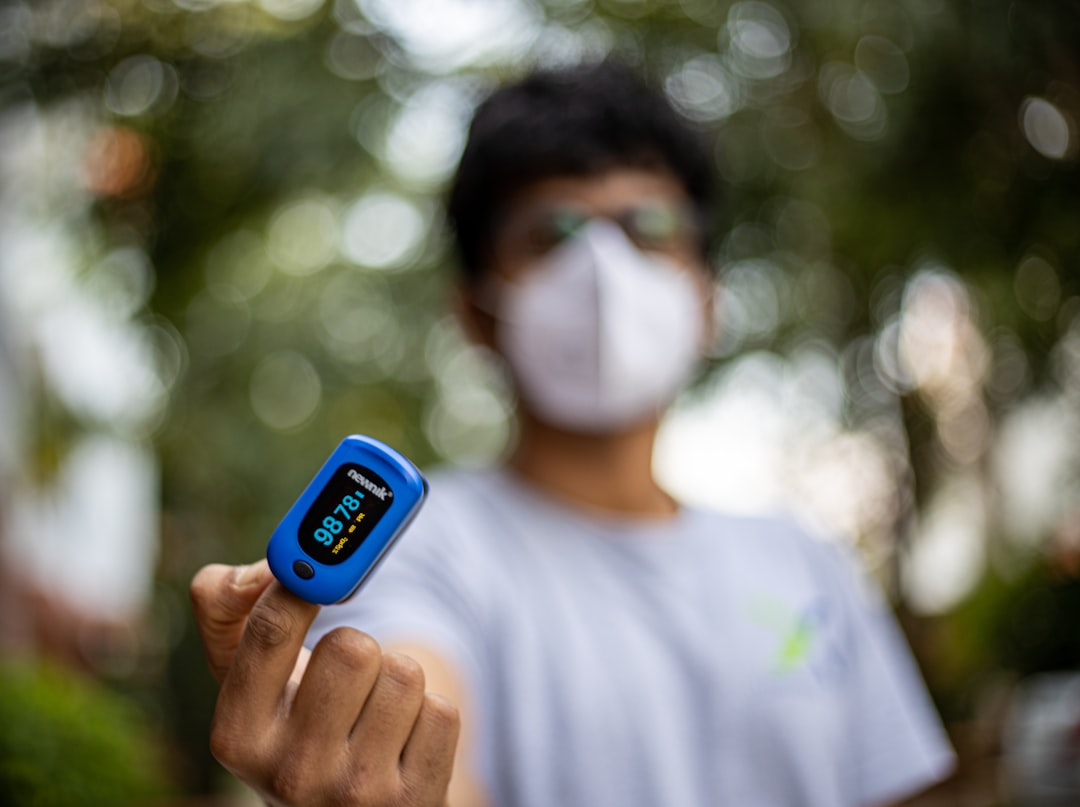What is it about?
The human papilloma virus (HPV) is a DNA virus associated with benign and malignant lesions of skin and mucous membranes and is the most common sexually transmitted viral infection worldwide. We highlighted three relevant aspects: the different prevalence of cytological abnormalities, the different distribution of risk factors and, above all, the different attitude of women towards the primary prevention of cervical cancer between an Italian and a Turkish population group.
Featured Image

Photo by Charles Devaux on Unsplash
Why is it important?
Our data underline three relevant epidemiological aspects that could address the prevention strategies of the cervical cancer and personalize them on the needs of specific realities: the different prevalence of cytological abnormalities, the different distribution of risk factors among the populations under examination and, above all, the different attitude of women towards the primary prevention of cervical cancer.
Perspectives
While in Turkey, it is a priority to create a national database of screening and prevention of HPV that is currently lacking and to launch an information campaign and a vaccination plan. In Italy, instead, the level of knowledge and perception regarding the cervical disease, HPV vaccination, and screening for cervical cancer is still not satisfied, and other studies are necessary to give insight regarding knowledge, perception, and acceptance about the HPV vaccine.
Antonio Schiattarella
Read the Original
This page is a summary of: Prevalence of HPV Genotypes in South Europe: Comparisons between an Italian and a Turkish Unvaccinated Population, Journal of Environmental and Public Health, May 2019, Hindawi Publishing Corporation,
DOI: 10.1155/2019/8769735.
You can read the full text:
Contributors
The following have contributed to this page










